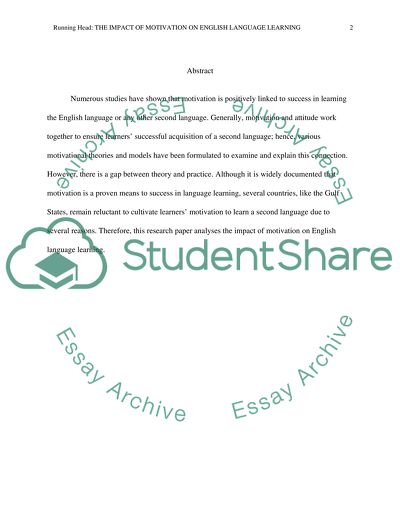Cite this document
(“The Impact of Motivation on English Language Learning Research Paper”, n.d.)
Retrieved from https://studentshare.org/education/1404146-the-impact-of-motivation-on-english-language
Retrieved from https://studentshare.org/education/1404146-the-impact-of-motivation-on-english-language
(The Impact of Motivation on English Language Learning Research Paper)
https://studentshare.org/education/1404146-the-impact-of-motivation-on-english-language.
https://studentshare.org/education/1404146-the-impact-of-motivation-on-english-language.
“The Impact of Motivation on English Language Learning Research Paper”, n.d. https://studentshare.org/education/1404146-the-impact-of-motivation-on-english-language.


